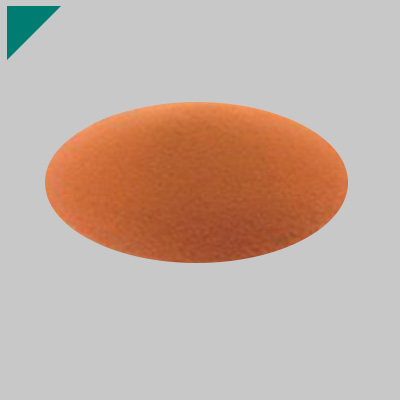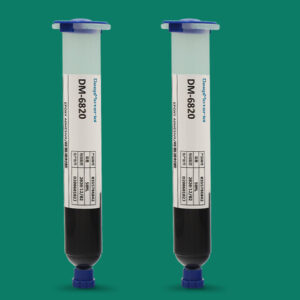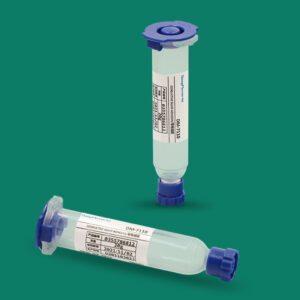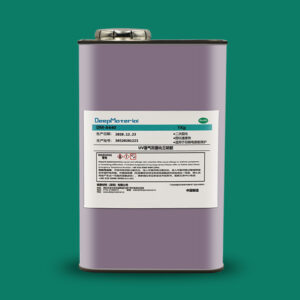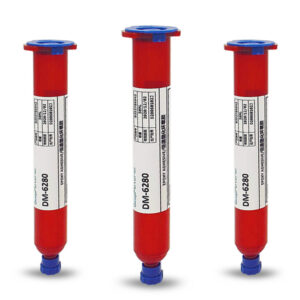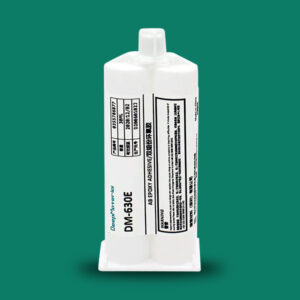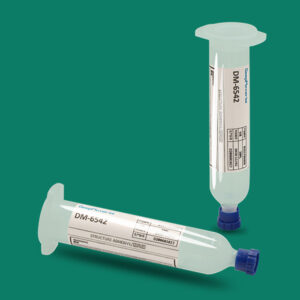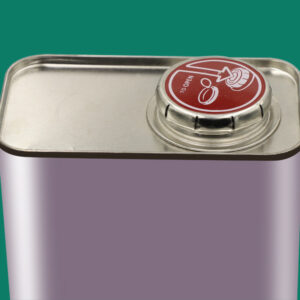EN 13501-1 Fireproof Glue: Ensuring Safety in High-Risk Environments
EN 13501-1 Fireproof Glue: Ensuring Safety in High-Risk Environments
In modern construction and industrial applications, fire safety is a paramount concern. Adhesives, often used to bond critical components like wall panels, flooring, or insulation, must meet stringent fire safety standards to protect lives and property. The EN 13501-1 standard, a cornerstone of European fire safety regulations, classifies the fire performance of construction products, including adhesives, based on their reaction to fire. EN 13501-1 fireproof glues are specifically formulated to achieve high fire resistance, minimizing flame spread, smoke production, and toxic emissions. These glues are essential in environments where compliance with European building codes is mandatory, such as commercial buildings, hospitals, and public infrastructure. This article delves into the EN 13501-1 standard, the properties and types of fireproof glues that meet it, their applications, testing procedures, and practical considerations, offering a comprehensive guide for professionals and end-users seeking safe and reliable bonding solutions.

Understanding EN 13501-1: The European Fire Classification Standard
EN 13501-1, titled “Fire Classification of Construction Products and Building Elements,” is a European standard that classifies the fire performance of construction materials, including adhesives, based on their reaction to fire. Unlike the ASTM E84 standard used in the United States, EN 13501-1 provides a more comprehensive classification system, assessing multiple parameters: combustibility, flame spread, smoke production, flaming droplets, and heat release.
The standard categorizes materials into seven main classes (A1 to F), with A1 being the highest level of fire resistance (non-combustible) and F indicating no performance determined.
The classifications are:
A1: Non-combustible, no contribution to fire (e.g., mineral-based materials).
A2: Limited combustibility, very low contribution to fire.
B, C, D: Combustible materials with varying degrees of flame spread and heat release.
E, F: Higher combustibility, with F being the least fire-resistant.
Additional classifications include:
Smoke Production (s1, s2, s3): s1 (lowest smoke emission) to s3 (highest).
Flaming Droplets (d0, d1, d2): d0 (no droplets) to d2 (persistent droplets).
Fireproof glues typically aim for A1, A2, or B classifications with low smoke (s1) and no flaming droplets (d0) to ensure minimal fire risk. These glues are tested using methods like the Single Burning Item (SBI) test (EN 13823) or non-combustibility tests (EN ISO 1182), depending on the classification sought. EN 13501-1 fireproof glues are critical for compliance with European building regulations, such as those outlined in the Construction Products Regulation (CPR).
Properties of EN 13501-1 Fireproof Glue
EN 13501-1 fireproof glues are engineered to balance fire resistance with robust bonding performance.
Their key properties include:
- High Fire Resistance: These glues are formulated to achieve A1, A2, or B classifications, meaning they either do not contribute to fire (A1/A2) or have very low flame spread (B). This is achieved through non-combustible or fire-retardant additives like silicates, phosphates, or intumescent compounds.
- Low Smoke Emission: Classified as s1 or s2, these glues produce minimal smoke, ensuring better visibility and safer evacuation during a fire. Low smoke is critical in enclosed spaces like schools or hospitals.
- No Flaming Droplets: Achieving a d0 rating, these glues do not produce flaming droplets or particles, reducing the risk of fire spread to adjacent materials.
- Strong Adhesion: Despite their fire-resistant properties, these glues maintain excellent bonding strength across substrates like wood, drywall, metal, ceramics, and textiles, ensuring structural integrity.
- Thermal Stability: Many EN 13501-1 fireproof glues can withstand elevated temperatures without degrading, making them suitable for applications near heat sources or in fire-prone areas.
- Chemical and Environmental Resistance: These glues resist degradation from moisture, UV exposure, or chemicals, ensuring long-term durability in demanding environments.
- Versatility: Available in forms like water-based, solvent-based, or epoxy-based formulations, these glues cater to diverse applications, from wall coverings to industrial insulation.
- Regulatory Compliance: Compliance with EN 13501-1 ensures adherence to European fire safety standards, making these glues suitable for projects requiring CE marking under the CPR.
These properties make EN 13501-1 fireproof glues a critical component in fire-safe construction, balancing safety with performance.
Types of EN 13501-1 Fireproof Glue
EN 13501-1 fireproof glues come in various formulations, each designed for specific applications and substrates.
The main types include:
- Silicate-Based Glues: These inorganic adhesives, often based on sodium or potassium silicate, achieve A1 or A2 classifications due to their non-combustible nature. They are used in high-temperature applications like fireproofing insulation or bonding refractory materials.
- Intumescent Adhesives: These glues expand when exposed to heat, forming a protective char layer that insulates the substrate and prevents fire spread. They typically achieve A2 or B ratings and are used for bonding fire-resistant panels or sealants.
- Water-Based Adhesives: Environmentally friendly and low in volatile organic compounds (VOCs), water-based fireproof glues are used for bonding wall coverings, carpets, or acoustic panels. They often achieve B-s1,d0 ratings and are popular in commercial construction.
- Epoxy-Based Fireproof Glues: These high-performance adhesives incorporate fire-retardant additives to meet A2 or B classifications. They are used in industrial applications, such as bonding metal or composite panels, where strength and fire resistance are critical.
- Polyurethane-Based Glues: Fire-retardant polyurethane glues offer flexibility and strong adhesion for substrates like wood, concrete, or textiles. They are formulated to achieve B-s1,d0 ratings and are used in flooring or panel installations.
- Acrylic-Based Adhesives: These versatile glues are used for bonding decorative materials like wall coverings or laminates. With fire-retardant additives, they achieve B or C classifications and are valued for their ease of application.
Each type is selected based on the project’s fire safety requirements, substrate compatibility, and environmental conditions.
Applications of EN 13501-1 Fireproof Glue
EN 13501-1 fireproof glues are used across a wide range of industries and applications where fire safety is critical.
Key applications include:
- Commercial and Public Buildings: In offices, schools, hospitals, and shopping centers, these glues are used to bond fire-resistant wall coverings, ceiling tiles, and acoustic panels. Their A1, A2, or B classifications ensure compliance with strict European fire codes, protecting occupants in high-traffic spaces.
- Flooring Installation: Fireproof glues are used to secure carpets, vinyl flooring, or linoleum in environments like airports or theaters, where low flame spread and smoke production are essential for safe evacuation.
- Fireproof Insulation: These glues are critical for bonding insulation materials, such as mineral wool or calcium silicate boards, in fire-rated walls, ceilings, or duct systems. Silicate-based glues are particularly common in these applications due to their A1 rating.
- Transportation: In rail, maritime, or aviation industries, EN 13501-1 fireproof glues are used to bond interior panels, upholstery, or insulation in trains, ships, or aircraft. Their low smoke and droplet ratings enhance passenger safety.
- Industrial Applications: In manufacturing facilities or power plants, these glues are used to bond refractory materials, gaskets, or composite panels exposed to high temperatures or fire risks. Epoxy-based fireproof glues are often chosen for their strength and durability.
- Residential Construction: In high-end residential projects, such as luxury apartments or homes with fire-rated zones, these glues are used for installing fire-resistant drywall, wood veneers, or decorative panels.
- Healthcare and Laboratories: In environments requiring both fire safety and hygiene, such as hospitals or cleanrooms, EN 13501-1 glues bond antimicrobial wall panels or flooring, ensuring compliance with fire and health regulations.
These applications highlight the versatility and importance of EN 13501-1 fireproof glues in creating safer built environments across Europe and beyond.
Testing and Certification Process
The EN 13501-1 classification process involves rigorous testing to evaluate a material’s reaction to fire. For adhesives, testing typically assesses the bonded assembly (e.g., adhesive plus substrate) using standardized methods:
- Non-Combustibility Test (EN ISO 1182): Used for A1 classification, this test determines if the glue contributes to combustion under high heat.
- Single Burning Item Test (EN 13823): Used for A2 to D classifications, this test measures flame spread, heat release, smoke production, and flaming droplets by exposing a sample to a controlled flame.
- Ignitability Test (EN ISO 11925-2): Used for E and F classifications, this test assesses the material’s response to a small flame.
The testing process involves:
- Sample Preparation: The adhesive is applied to a representative substrate (e.g., drywall or wood) and cured as per manufacturer instructions.
- Fire Exposure: The sample is tested in a controlled environment, simulating fire conditions.
- Measurement: Parameters like flame spread, heat release, smoke density, and droplet formation are quantified.
- Classification: The material is assigned a class (A1 to F) with smoke (s1–s3) and droplet (d0–d2) ratings.
Certified glues receive a Declaration of Performance (DoP) and CE marking, confirming compliance with EN 13501-1 and the CPR.
Considerations for Using EN 13501-1 Fireproof Glue
To ensure optimal performance, users must consider several factors:
- Substrate Compatibility: Confirm the glue is suitable for the materials being bonded, such as wood, metal, or textiles.
- Fire Classification Requirements: Select a glue with the appropriate EN 13501-1 rating (e.g., A1, A2, or B) based on project specifications and building codes.
- Application Conditions: Some glues require specific temperature, humidity, or ventilation conditions for proper curing, especially solvent-based formulations.
- Surface Preparation: Clean and prime surfaces to remove contaminants like dust or grease, ensuring strong adhesion.
- Curing Time: Allow sufficient curing time to achieve full bond strength and fire-resistant properties, as specified by the manufacturer.
- Safety Precautions: Use protective gear and ensure ventilation, particularly for solvent-based or epoxy-based glues, to manage fumes or skin exposure.
- Regulatory Compliance: Verify that the glue’s DoP and CE marking align with local fire safety regulations.
By addressing these considerations, users can maximize the safety and effectiveness of EN 13501-1 fireproof glues.
Advantages and Limitations
Advantages:
- Superior Fire Safety: A1, A2, or B classifications ensure minimal contribution to fire, smoke, or droplets.
- Regulatory Compliance: Meets European fire safety standards, ensuring legal compliance and CE marking.
- Versatility: Bonds a wide range of substrates in diverse applications.
- Durability: Resists environmental factors like moisture, UV, and chemicals.
Limitations:
- Cost: Fireproof glues are often more expensive than standard adhesives.
- Application Complexity: May require precise surface preparation or curing conditions.
- Brittleness: Some formulations, like silicate-based glues, can be brittle, limiting use on flexible substrates.
- VOC Emissions: Solvent-based glues may release VOCs, requiring ventilation.
Future Trends in EN 13501-1 Fireproof Glue
Advancements in adhesive technology are shaping the future of EN 13501-1 fireproof glues:
- Sustainable Formulations: Developing low-VOC, bio-based, or recyclable glues to align with green building standards.
- Nanotechnology: Incorporating nanoparticles to enhance fire resistance, bond strength, and flexibility.
- Smart Adhesives: Exploring glues with sensors to monitor fire exposure or structural integrity.
- Improved Performance: Formulating glues with higher thermal stability and lower smoke emissions for demanding applications.
These innovations will enhance the safety, sustainability, and versatility of EN 13501-1 fireproof glues, meeting the evolving needs of modern construction.

Conclusion
EN 13501-1 fireproof glues are essential for ensuring fire safety in construction and industrial applications. With classifications like A1, A2, or B, these glues minimize flame spread, smoke, and flaming droplets, complying with stringent European regulations. From commercial buildings to transportation, their applications are vast, balancing fire resistance with strong adhesion. As technology advances, these glues will incorporate sustainable and high-performance features, further enhancing safety and functionality. By understanding their properties, types, and considerations, professionals can select the right glue for fire-safe projects, protecting lives and property in high-risk environments.
For more about choosing the best : ensuring safety in high-risk environments, you can pay a visit to DeepMaterial at https://www.epoxyadhesiveglue.com/category/epoxy-adhesives-glue/ for more info.



